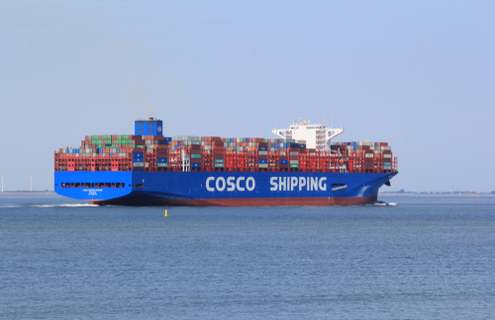A.M. Best has affirmed the financial strength rating of A (excellent) and the long-term issuer credit rating of “a” of COSCO Shipping captive insurance (China). The outlook of these credit ratings (ratings) is stable.
The ratings reflect COSCO SHIPPING captive’s balance sheet strength, which A.M. Best categorises as very strong, as well as its adequate operating performance, neutral business profile and appropriate enterprise risk management.
The ratings also reflect the wide range of support the company receives from its parent, China COSCO Shipping Corporation, which A.M. Best perceives to benefit from strong government support.
COSCO Shipping captive underwrites mainly marine-related business for the group and its affiliates, as well as other risks stemming from the group’s operations including cargo, liability, and commercial property.
As measured by best’s capital adequacy catio (BCAR), COSCO Shipping captive’s risk-adjusted capitalisation remained at the strongest level in 2018 and is supported by very low underwriting leverage, a prudent reinsurance programme and a conservative investment portfolio, according to A.M. Best.
The rating firm expected continued net profits from the company over the medium term, supported by its positive underwriting results and a stable stream of investment income.
Offsetting rating factors include the captive’s small net premium base due to its high reinsurance dependency, as well as a high-severity, low-frequency product risk profile. As a result of this, the captive is exposed to potential volatility in its underwriting results. However, A.M. Best said this is mitigated partly through a robust reinsurance programme with a high-quality reinsurer panel.
A.M. Best explained that negative rating actions could occur if there is a reduced level of support from COSCO Shipping or a significant deterioration in COSCO Shipping's financial strength or credit profile.
Negative rating actions could occur if there is a material decline in the captive's risk-adjusted capitalisation or if there is significant adverse deviation in the captive's operating performance from its business plan.


